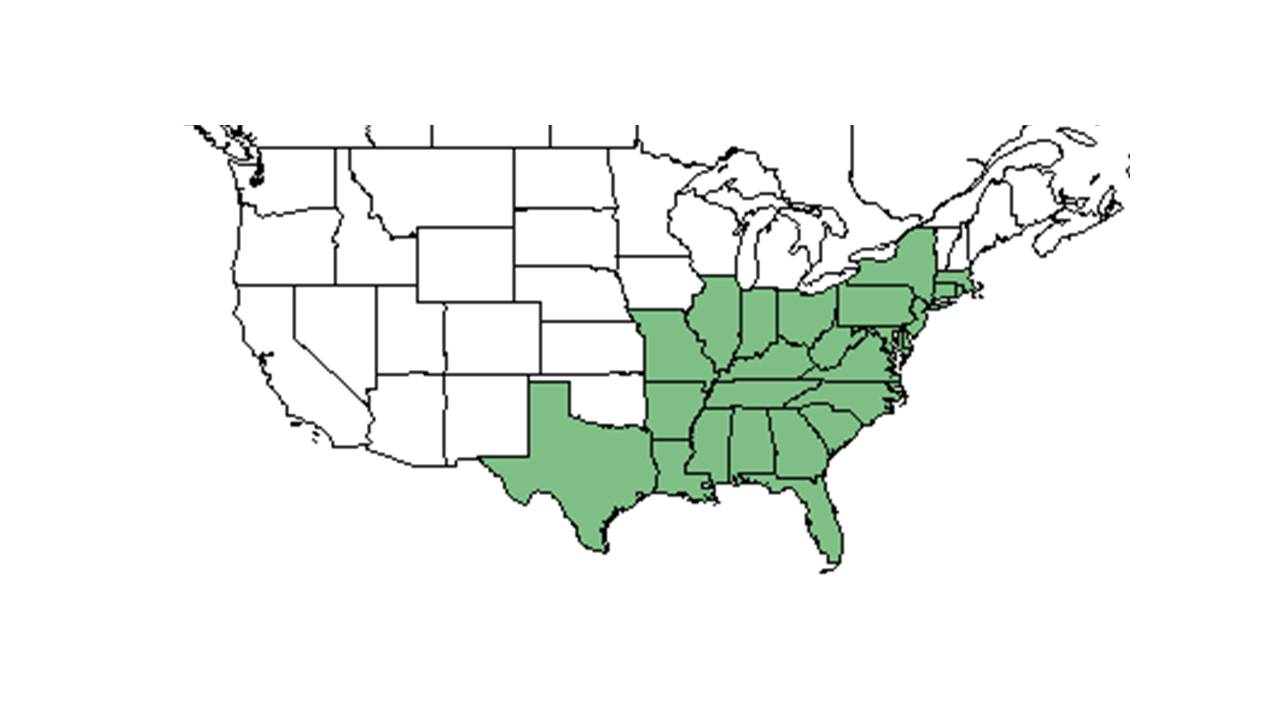Difference between revisions of "Eupatorium hyssopifolium"
(→Description) |
|||
| Line 24: | Line 24: | ||
==Ecology== | ==Ecology== | ||
===Habitat=== <!--Natural communities, human disturbed habitats, topography, hydrology, soils, light, fire regime requirements for removal of competition, etc.--> | ===Habitat=== <!--Natural communities, human disturbed habitats, topography, hydrology, soils, light, fire regime requirements for removal of competition, etc.--> | ||
| + | It is found in Longleaf pine-Turkey oak sand ridges, Longleaf pine sandhills and flatwoods, pine-palmetto flatwoods, Turkey oak scrubs, Longleaf pine-wiregrass savannas, and in open meadows (FSU Herbarium). It is also found in human disturbed areas such as old fields, roadsides and areas that have been clear cut and bulldozed (FSU Herbarium). It requires high levels of light (FSU Herbarium). It is associated with sandy loam, sand-clay loam, and sandy soil types (FSU Herbarium). | ||
| + | |||
===Phenology=== <!--Timing off flowering, fruiting, seed dispersal, and environmental triggers. Cite PanFlora website if appropriate: http://www.gilnelson.com/PanFlora/ --> | ===Phenology=== <!--Timing off flowering, fruiting, seed dispersal, and environmental triggers. Cite PanFlora website if appropriate: http://www.gilnelson.com/PanFlora/ --> | ||
===Seed dispersal=== | ===Seed dispersal=== | ||
Revision as of 11:39, 13 July 2015
| Eupatorium hyssopifolium | |
|---|---|

| |
| Scientific classification | |
| Kingdom: | Plantae |
| Division: | Magnoliophyta - Flowering plants |
| Class: | Magnoliopsida – Dicotyledons |
| Order: | Asterales |
| Family: | Asteraceae ⁄ Compositae |
| Genus: | Eupatorium |
| Species: | E. hyssopifolium |
| Binomial name | |
| Eupatorium hyssopifolium L. | |

| |
| Natural range of Eupatorium hyssopifolium from USDA NRCS Plants Database. | |
Contents
Description
Common Name: Hyssopleaf thoroughwort
Distribution
Ecology
Habitat
It is found in Longleaf pine-Turkey oak sand ridges, Longleaf pine sandhills and flatwoods, pine-palmetto flatwoods, Turkey oak scrubs, Longleaf pine-wiregrass savannas, and in open meadows (FSU Herbarium). It is also found in human disturbed areas such as old fields, roadsides and areas that have been clear cut and bulldozed (FSU Herbarium). It requires high levels of light (FSU Herbarium). It is associated with sandy loam, sand-clay loam, and sandy soil types (FSU Herbarium).
Phenology
Seed dispersal
Seed bank and germination
Fire ecology
It increased in frequency after 12 prescribed burns over an 18 year period.[1]
Pollination
Use by animals
Diseases and parasites
Conservation and Management
Cultivation and restoration
Photo Gallery
References and notes
- ↑ Niering, W. A. and G. D. Dreyer (1989). "Effects of prescribed burning on Andropogon scoparius in postagricultural grasslands in Connecticut." American Midland Naturalist 122: 88-102.